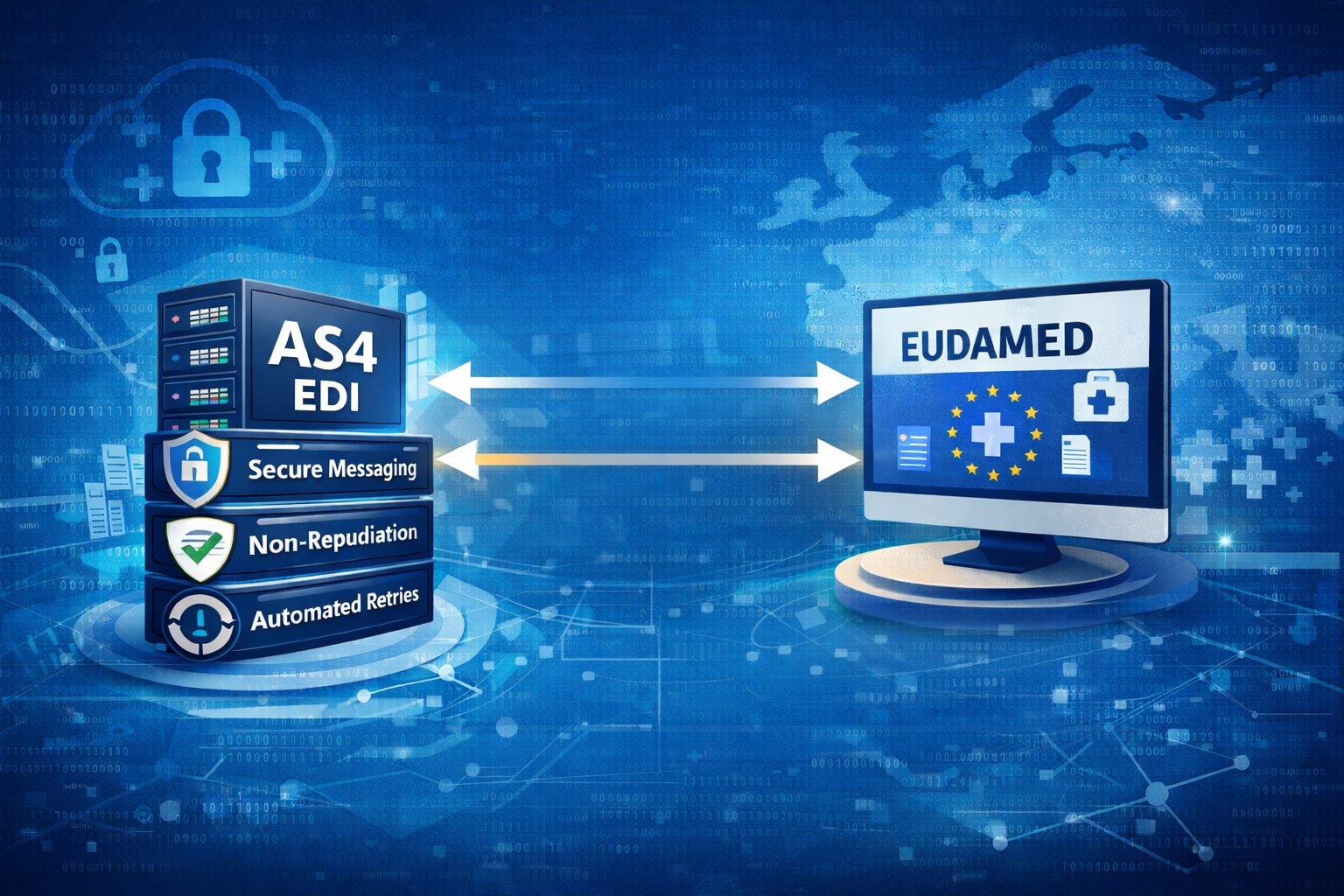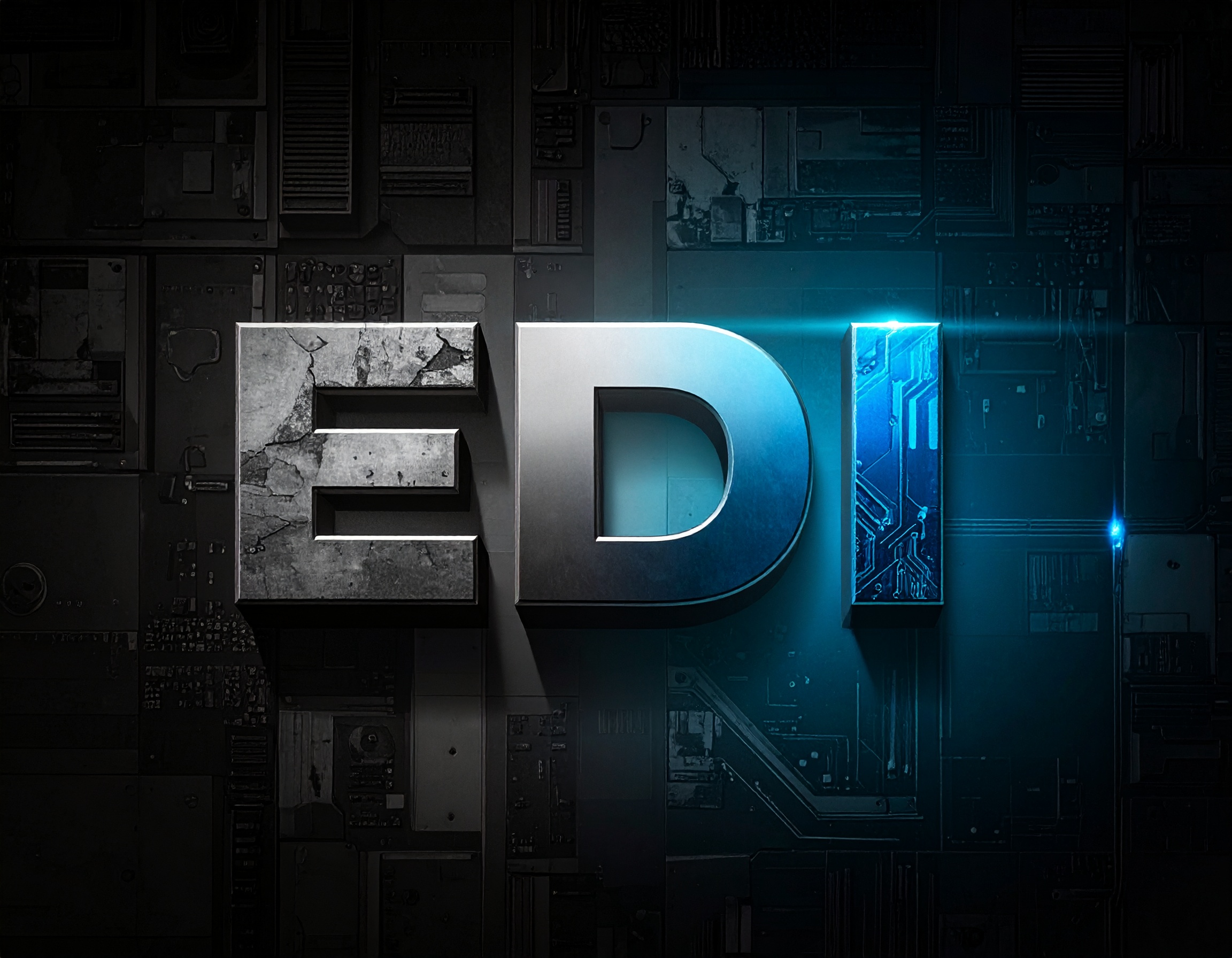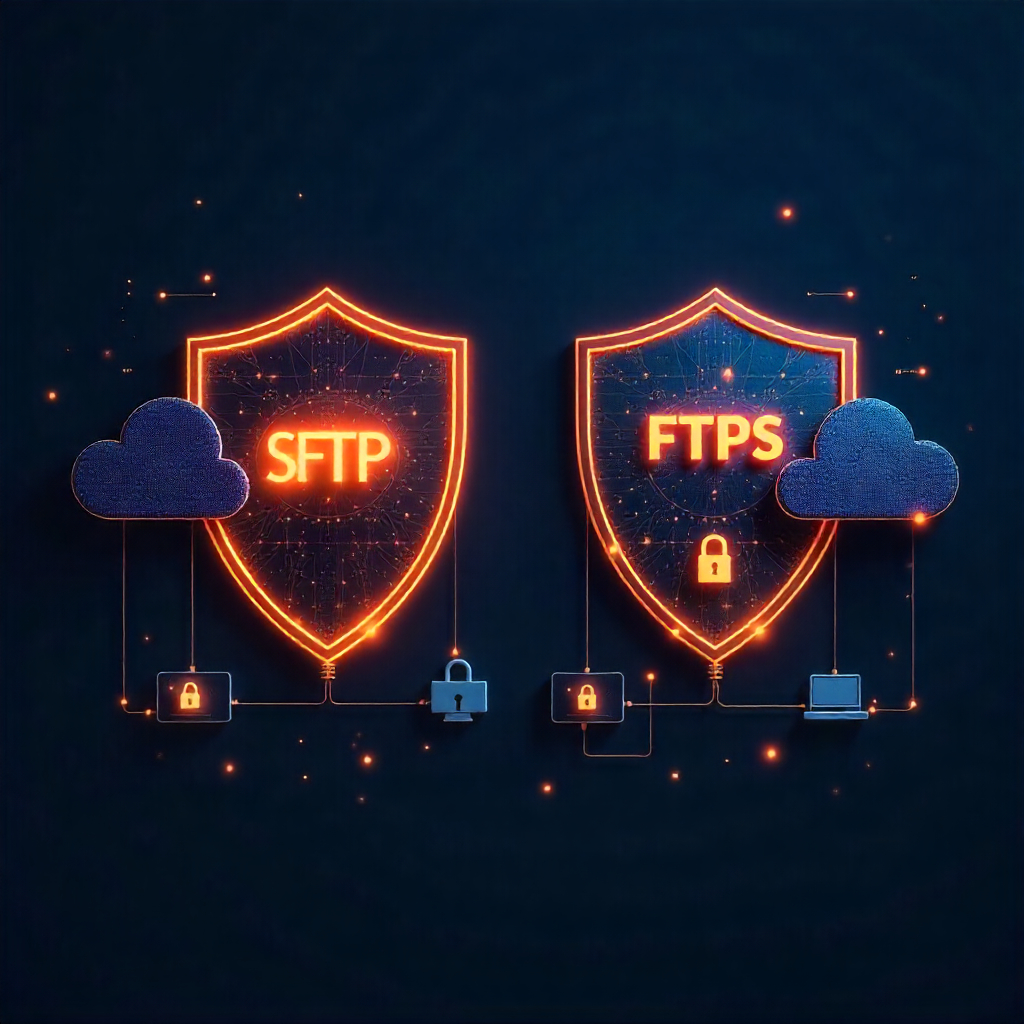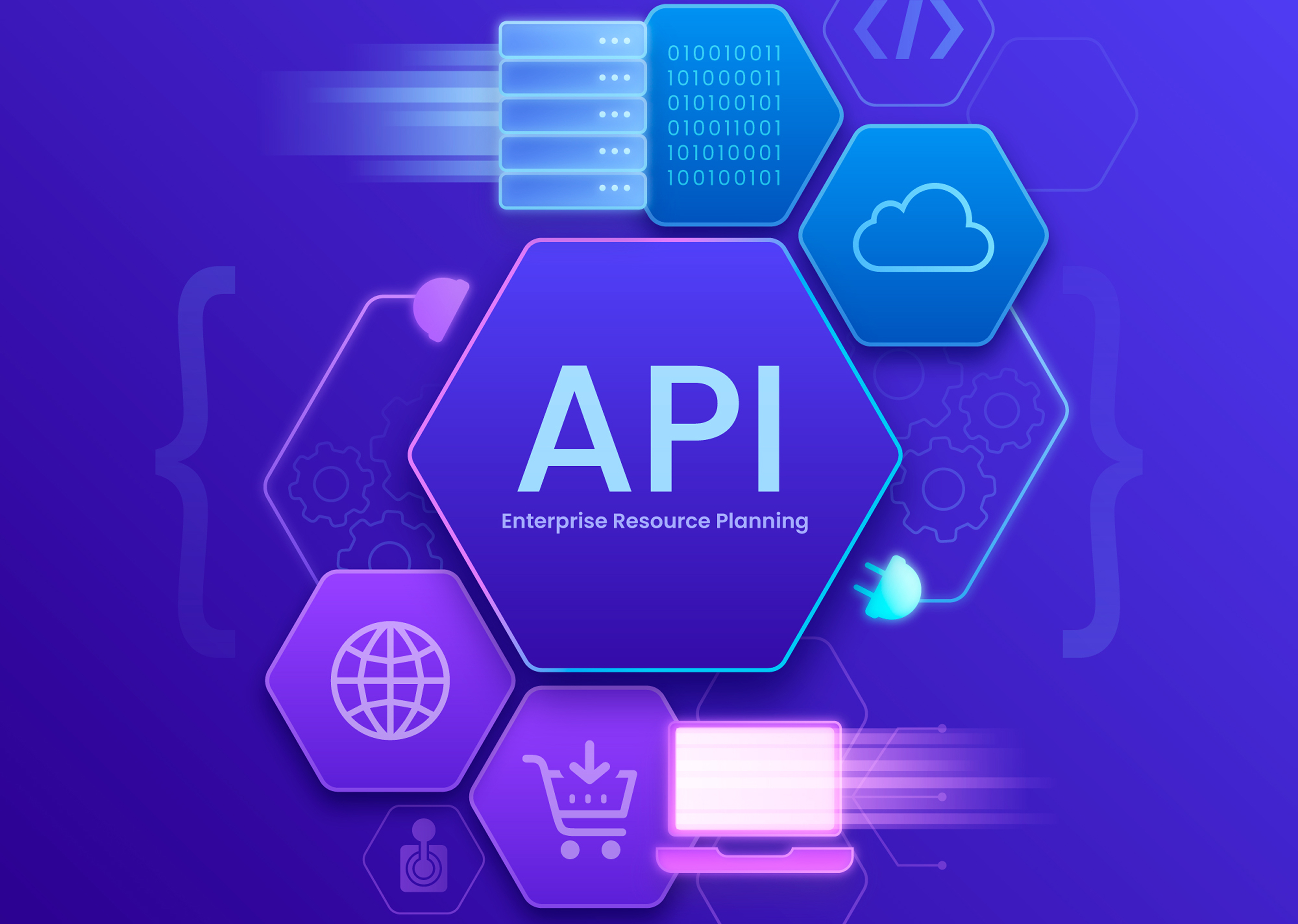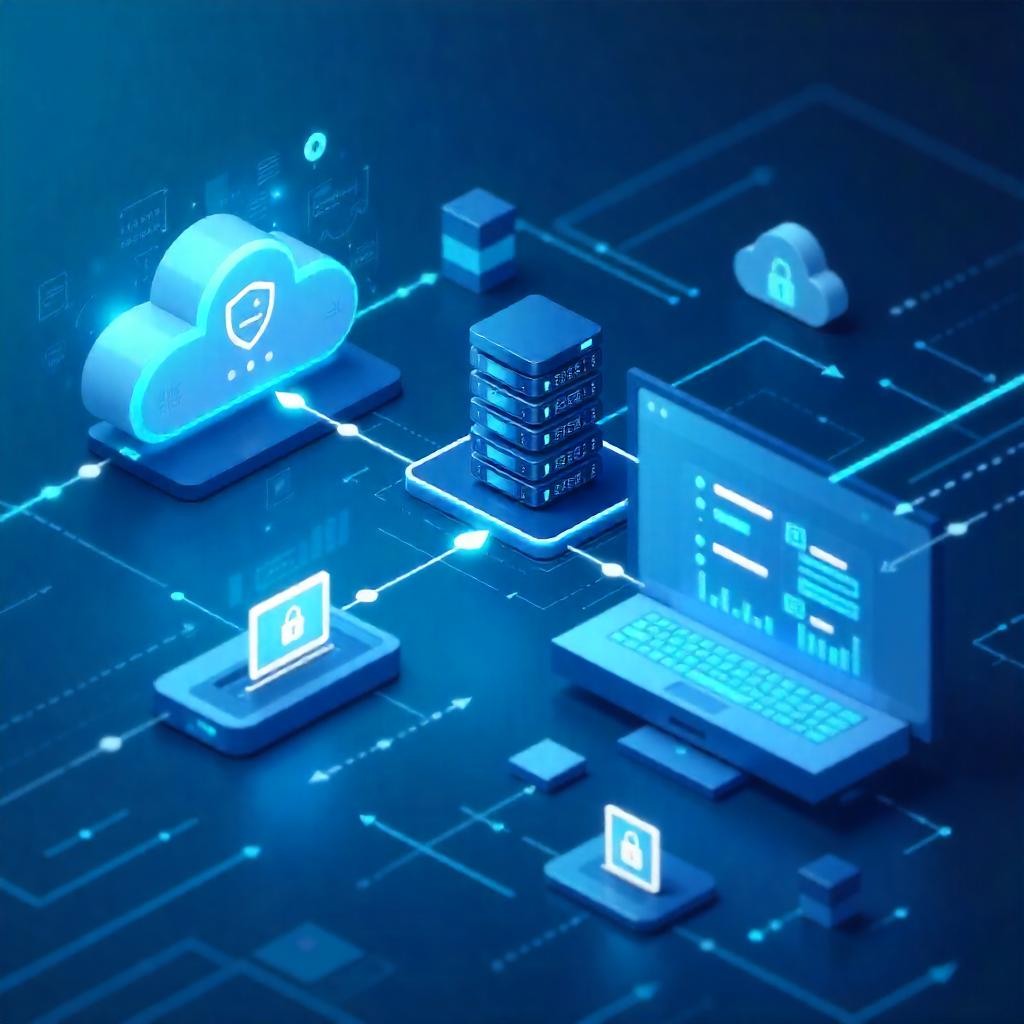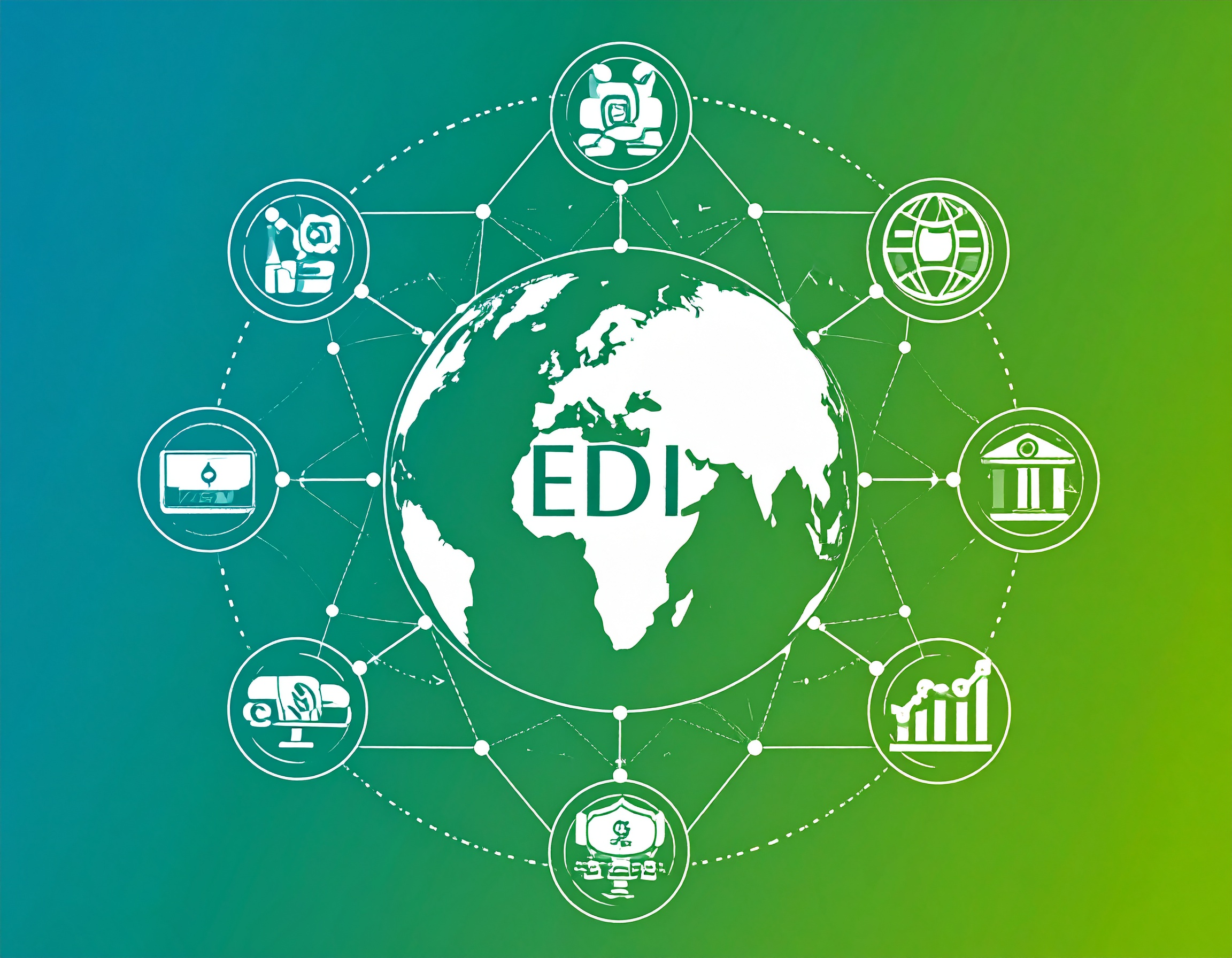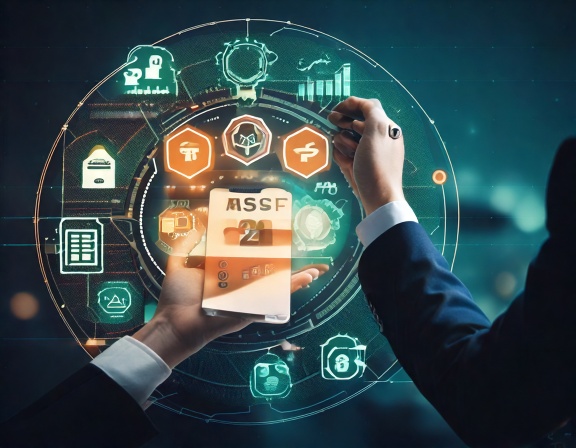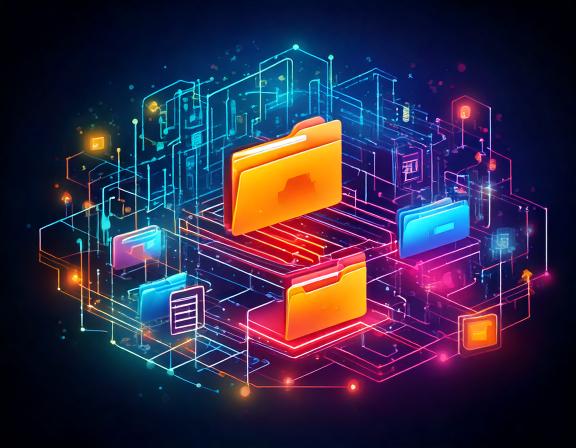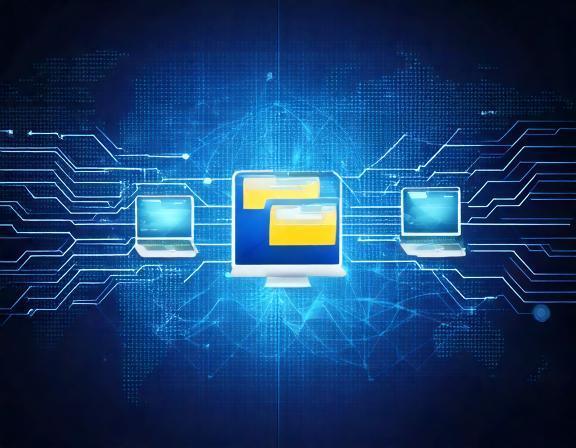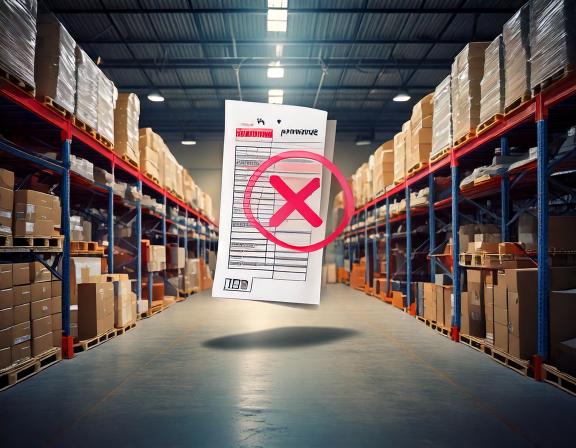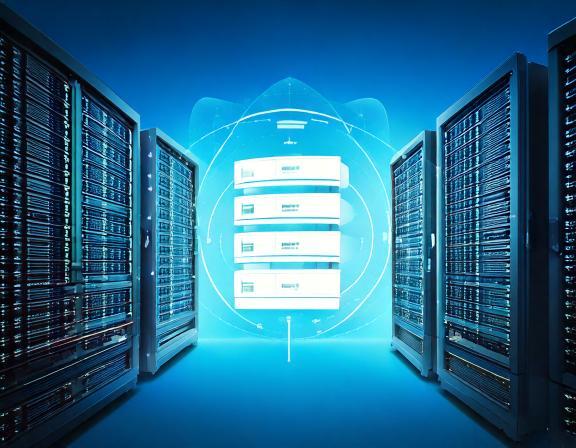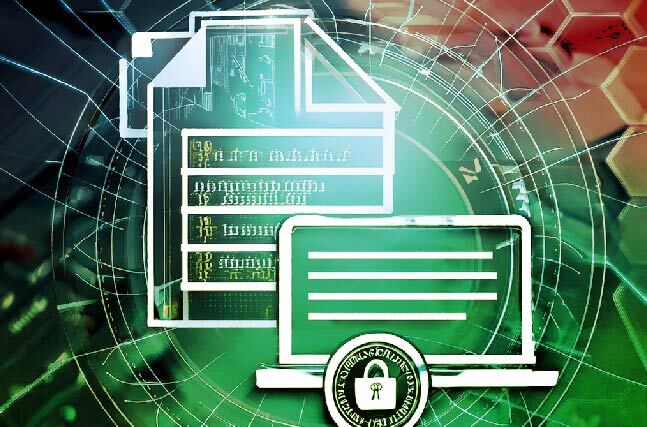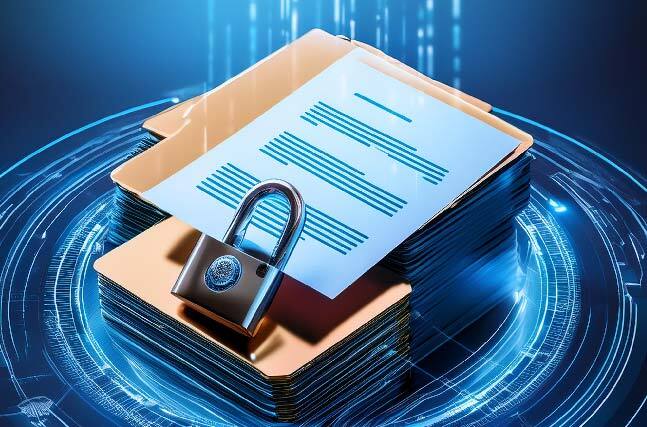MFT Gateway is a hosted Software as a Service (SaaS) solution that enables file exchange over the AS2 or SFTP protocol, without the need to install or maintain.
- Blog
- Navigating EDI Compliance: Standards & Regulatory Requirements
EDI | AS2
Navigating EDI Compliance: Standards & Regulatory Requirements
Understand the essential factors organizations must consider when aiming to achieve 'EDI Compliance' with industry standards.

Udith Gunaratna
Published: 27 May 2024
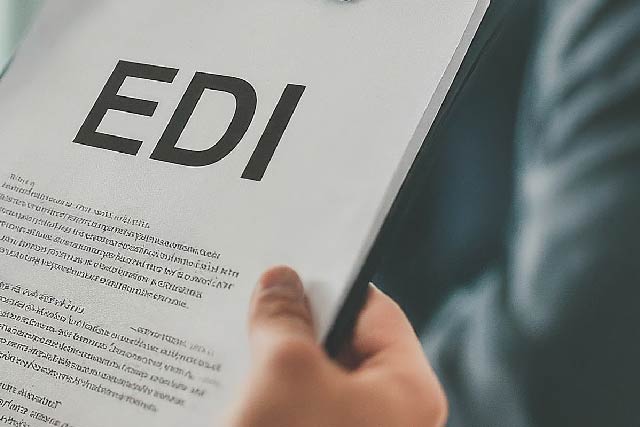
Electronic Data Interchange (EDI) refers to the structured transfer of electronic documents or business data between organizations. The specific types of EDI documents exchanged depend on the business sector of the participating organizations. The goal of EDI is to replace paper-based or unstructured documents with structured electronic versions, enhancing efficiency, accuracy, and speed in business transactions.
EDI Compliance
To ensure the advantages associated with EDIs, various industry standards and regulations govern EDI document content and exchange. Organizations looking to adopt EDIs must understand and comply with these standards to facilitate secure and efficient business document exchanges with their trading partners, a practice known as “EDI compliance.”
In this article, we will discuss key considerations for achieving EDI compliance for organizations, regardless of their industry or business domain.
Understanding EDI standards
Different EDI standards are used by organizations worldwide, depending on their industry and geographical region. For example, ANSI X12 is commonly used in North America, EDIFACT is prevalent in Europe and other regions, and HL7 is mainly used in healthcare.
Each EDI standard has multiple versions, reflecting its evolution over time to meet new requirements and use cases. For instance, the ANSI X12 standard includes versions such as 4010, 4030, and 5010, each containing specific changes from its predecessors. Consequently, two organizations in the same domain might use the same EDI standard but different versions of it.
Therefore, the first step in achieving EDI compliance is to understand which standards and versions apply to your organization and business domain. While you may typically need to adhere to a single EDI standard, it is highly likely that you will encounter multiple EDI versions since your business partners may use different ones.
Compliance with Partner Requirements
When exchanging EDIs with a partner, compliance must extend beyond the rules imposed by the standard itself to include the guidelines or rules introduced by the partner. These guidelines typically pertain to the types of EDI documents exchanged and the structure of the data within those documents.
For instance, under the X12 standard, the receiver of an EDI document should send back a Functional Acknowledgement (997), confirming receipt and processing status. However, a retail partner might impose additional requirements, such as necessitating a Purchase Order Acknowledgement (855) for each Purchase Order (850). Additionally, while the base standard specifies certain data values (elements) as mandatory and sets certain conditional rules, a trading partner may introduce further conditions based on their specific use of those data values.
Failure to adhere to these partner-specific guidelines can result in the rejection of EDIs, causing delays in business processes. Some partners may even impose fines for non-compliant EDIs, leading to potential revenue loss for your organization. Therefore, it is crucial to thoroughly understand these partner requirements and take the necessary steps to ensure full compliance.
Communication Protocols
EDI standards define the types of data to be exchanged and how they must be structured to maintain compatibility across the industry. However, it is also essential to use a proper communication protocol to exchange these EDIs between your systems and your partners’ systems. Commonly used communication protocols for transmitting EDI data include AS2, FTP, SFTP, HTTP/S, and VANs, with AS2 being particularly popular due to its inherent security and reliability.
Since your partners may already use a specific communication protocol, understanding that protocol and determining how your organization can support it is another crucial step in achieving EDI compliance.
Data Mapping and Translation
As a modern organization, you likely utilize various software systems such as ERP and accounting systems, with your team already trained and proficient in their use. However, many typical ERP or accounting software systems cannot handle data in EDI format. Instead, they may have the capability to import or export data in other common formats such as JSON, XML, or CSV.
To achieve EDI compliance, it’s essential to automate the integration of data exchanged via EDIs with your existing systems. This is where data mapping and translation become crucial. You need to understand the data types supported by your internal systems and then plan how to map or translate the data between that format and the EDI format while ensuring compliance with partner requirements.
Selecting an EDI Software
The final and perhaps most crucial step in your EDI compliance journey is selecting an appropriate EDI software solution for your organization. Unless you already have an in-house IT team well-versed in EDI standards, building and maintaining an EDI solution from scratch may not be the most ideal or cost-effective approach.
Instead, you should evaluate the existing EDI software available on the market. Ensure that the price aligns with your budget and, most importantly, verify whether the software can support the requirements you identified in earlier steps. Considering your timeline for achieving EDI compliance, it’s essential to assess how long it will take to acquire and set up the chosen EDI solution before you or your team can begin using it. If you’re operating on a tight timeline, a software-as-a-service (SaaS) solution might be preferable due to its minimal installation and setup delays.
Additionally, if you plan to integrate the new software with your existing applications, ensure that it supports such data translations and consider the complexity associated with that process.
Conclusion
In summary, achieving EDI compliance requires adhering to established standards and protocols to ensure that electronic business documents exchanged between you and your trading partners are accurate, secure, and compatible with each other’s systems. By addressing the considerations discussed above, you can ensure that your organization is EDI compliant, facilitating efficient business transactions with your trading partners.
What is EDI Generator?
_EDI Generator is a cloud-based SaaS EDI software solution specifically engineered to manage ANSI X12 EDI transactions. It offers various subscription packages customized to accommodate your anticipated volume of EDIs and other relevant factors. Included in every EDI Generator subscription is the AS2 capability with MFT Gateway at no extra charge. For users with business or enterprise subscriptions, we extend the functionality to seamlessly translate between EDIs and your internal JSON/XML formats, facilitating seamless integration with your existing systems.

Talk to an EDI Expert
Join hundreds of organizations already taking full control of their B2B AS2 communications with our trusted solutions. Contact us today to tailor a solution that fits your specific AS2 EDI needs.
Related Articles
View All BlogsExplore our product stack
Try before you buy with a 30-day Free Trial
No commitment, all value. Try the AS2 Solution Risk-Free and discover how our solutions can transform your business workflows. No credit card required.
Explore Your Possibilities
Elevate AS2 Communications with our EDI and AS2 Solutions
See how our AS2 and EDI solutions can simplify your integrations, boost efficiency, and keep you compliant—request a personalized demo today.


